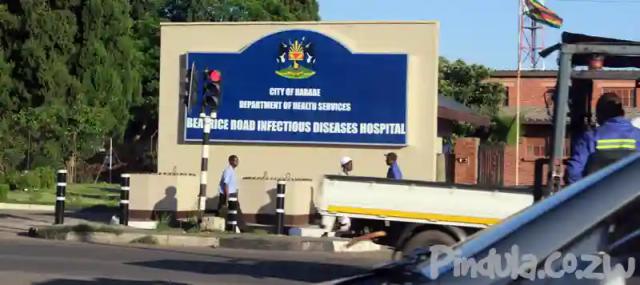Signs and symptoms of typhoid

Causes
Typhoid is an infection caused by the bacteria Salmonella typhimurium. The bacterium lives in the intestines and bloodstream of humans. It is spread between individuals by direct contact with the feces of an infected person. No animals carry this disease, so transmission is always human to human.
Symptoms
Symptoms normally begin 6-30 days after exposure to the bacteria. The two major symptoms of typhoid are fever and rash. Typhoid fever is particularly high, gradually increasing over several days up to 40 degrees Celsius. The rash, which does not affect every patient, consists of rose-colored spots, particularly on the neck and abdomen.
Other symptoms include:
- weakness
- abdominal pain
- constipation
- headaches
Rarely, symptoms might include confusion, diarrhea, and vomiting which is not normally severe.
More: MedicalNewsToday





